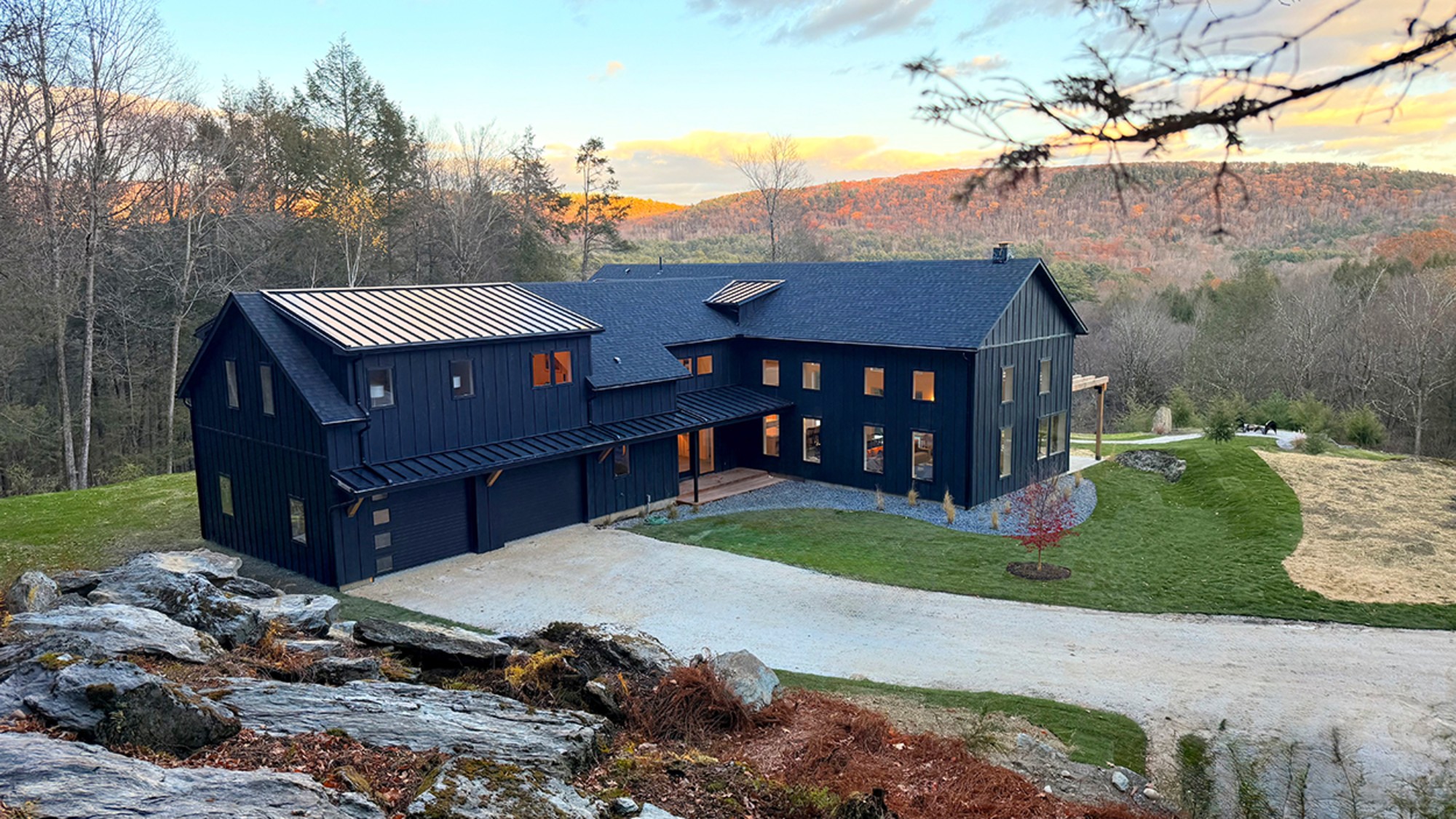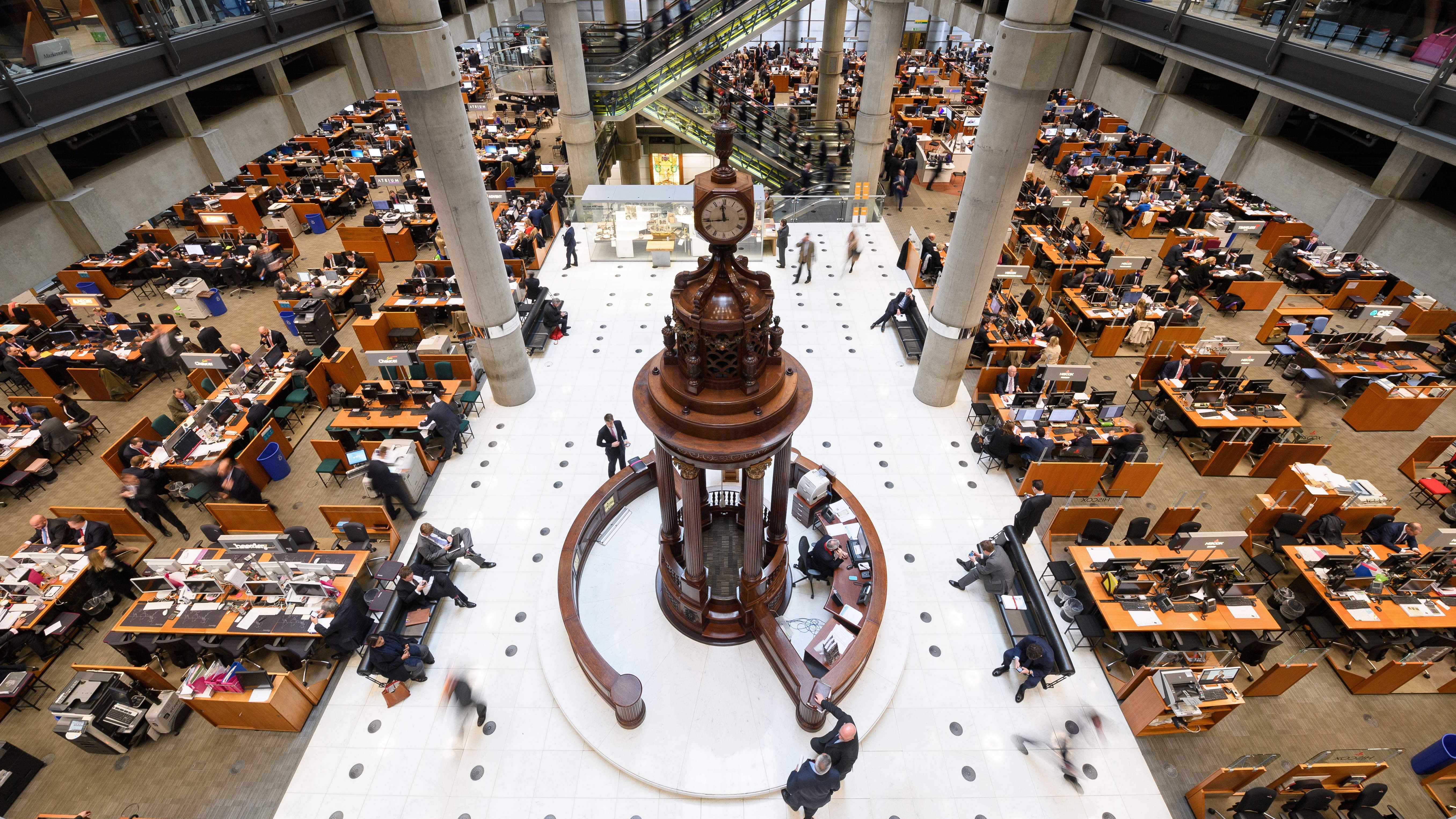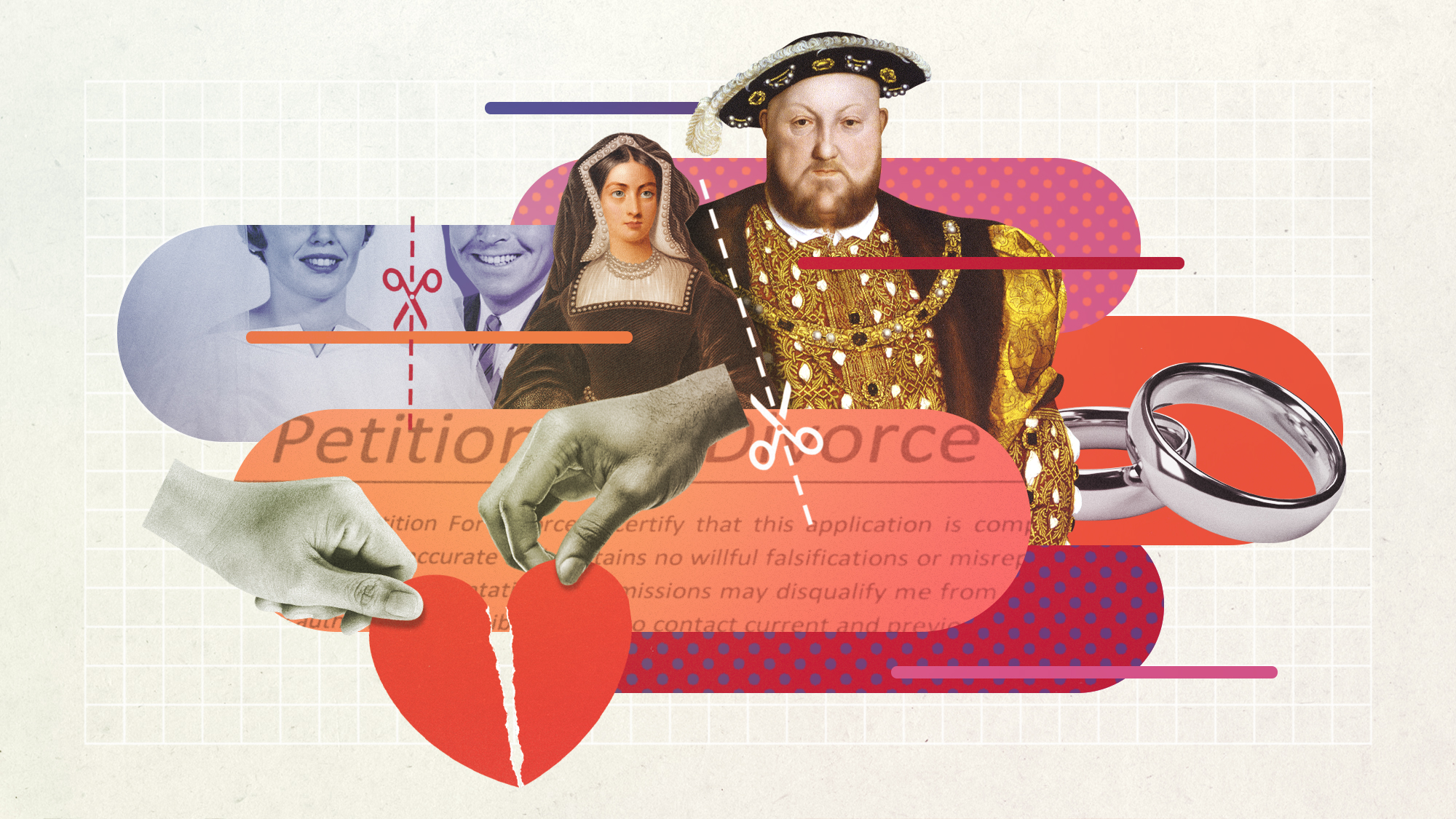52 ideas that changed the world - 44. Land registration
The legal registration of land allowed the building of mass property empires

In this series, The Week looks at the ideas and innovations that permanently changed the way we see the world. This week, the spotlight is on land registration:
Land registration in 60 seconds
Land registration describes systems by which ownership, possession or other rights in land can be recorded.
The Week
Escape your echo chamber. Get the facts behind the news, plus analysis from multiple perspectives.

Sign up for The Week's Free Newsletters
From our morning news briefing to a weekly Good News Newsletter, get the best of The Week delivered directly to your inbox.
From our morning news briefing to a weekly Good News Newsletter, get the best of The Week delivered directly to your inbox.
In common law countries, title registrations are broadly classified into two basic types: the Torrens title system and the English system, a modified version of the Torrens system.
In the UK, Her Majesty’s Land Registry registers the ownership of property and oversees one of the largest property databases in Europe.
According to its latest accounts, there are 25 million land and property titles in England and Wales, valued at £7 trillion and representing 86.6% of the landmass of England and Wales.
According to an archived government web page, at the peak of the property boom in 2006, £1 million worth of property was processed every minute in England and Wales.
A free daily email with the biggest news stories of the day – and the best features from TheWeek.com
–––––––––––––––––––––––––––––––For a round-up of the most important stories from around the world – and a concise, refreshing and balanced take on the week’s news agenda – try The Week magazine. Start your trial subscription today –––––––––––––––––––––––––––––––
How did it develop?
In England, the 1857 Royal Commission on Registration of Title proposed a system of registration administered by a central registry in London with district offices. The Land Registry Act 1862 was introduced by the then Lord Chancellor, Richard Bethell, 1st Baron Westbury.
Before this, Scotland became one of the first countries in the world to have a system of land registration. According to the Scottish government, the “General Register of Sasines” was created following the Registration Act 1617.
In 1981, the Register of Sasines began to be replaced by the Land Register of Scotland, a process that was completed in 2003.
England and Wales operate on the “English system” of land registration, while many other countries use the Torrens title system. This includes Australia (where the system was first introduced), New Zealand, Russia, Canada, United States and Ireland.
The Torrens system was devised by Robert Richard Torrens, according to Encyclopaedia Britannica. Torrens designed, lobbied for and introduced the bill which was enacted as the Real Property Act 1858 in the Province of South Australia, the first version of Torrens title in the world.
Under Torrens’s system, ownership of land is transferred by registration of a transfer of title, instead of by the use of deeds. The main benefit of the system is to enhance certainty of title to land and to simplify dealings involving land.
The second Torrens jurisdiction in the world was established in 1861 in the then-British colony of Vancouver Island, now part of the Canadian province of British Columbia. Ireland first began to operate a Torrens Title system in 1892, while Illinois later became the first US state to adopt a Torrens Title Act.
The growth in property ownership in England and Wales following the Second World War meant that the potential number of properties to be registered increased dramatically. This, in turn, slowed down the rate of land registration, however, in 1963, 101 years after the registry started, it registered its two millionth title.
Until the 1980s, UK land registers were not public records, and processing them required laborious typing and the completion of plans by hand using paintbrushes and ink on linen. HM Land Registry retained the originals, and the copies were sewn, using needle and thread, into large certificates.
In 1990 the ten millionth title was registered and the Land Register was open for public viewing.
How did it change the world?
The introduction of land registration allowed individuals to take control of property without fear of it being stolen from underneath them.
In the UK, the land registry gives legal recourse in the event of theft, and can even be used to alert land owners if somebody attempts to fraudulently claim ownership of any land or property for mortgage purposes.
More widely, legal backing for the ownership of property has allowed individuals to amass huge property empires, for example British property moguls Fergus and Judith Wilson.
In 2015, the pair, who appeared in The Sunday Times rich list, claimed to have sold their entire property empire to a consortium of overseas investors for around £250 million, according to The Telegraph.
The Washington Post reports that in 2017, according to the US Land Report, the 100 largest landowners have holdings of 40.2 million acres, an increase of nearly 50% on 2007.
Their private holdings are equivalent in area to the entirety of New England, minus Vermont.
-
 Homes with great fireplaces
Homes with great fireplacesFeature Featuring a suspended fireplace in Washington and two-sided Parisian fireplace in Florida
-
 Is $140,000 the real poverty line?
Is $140,000 the real poverty line?Feature Financial hardship is wearing Americans down, and the break-even point for many families keeps rising
-
 Film reviews: ‘The Secret Agent’ and ‘Zootopia 2’
Film reviews: ‘The Secret Agent’ and ‘Zootopia 2’Feature A Brazilian man living in a brutal era seeks answers and survival and Judy and Nick fight again for animal justice
-
 52 ideas that changed the world - 40. Insurance
52 ideas that changed the world - 40. InsuranceIn Depth Managing and mitigating risk has been part of society since the dawn of humankind
-
 Divorce in 60 seconds: ideas that changed the world
Divorce in 60 seconds: ideas that changed the worldIn Depth From Henry VIII to the modern day, divorce has reshaped our notion of marriage